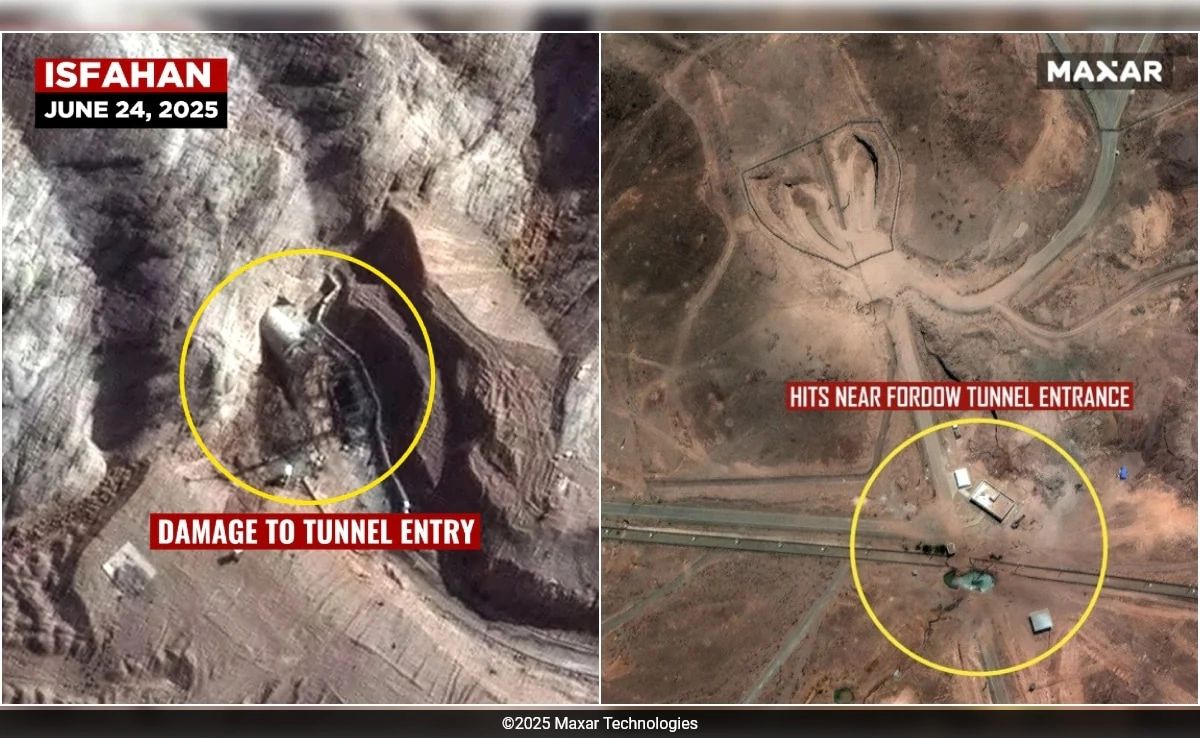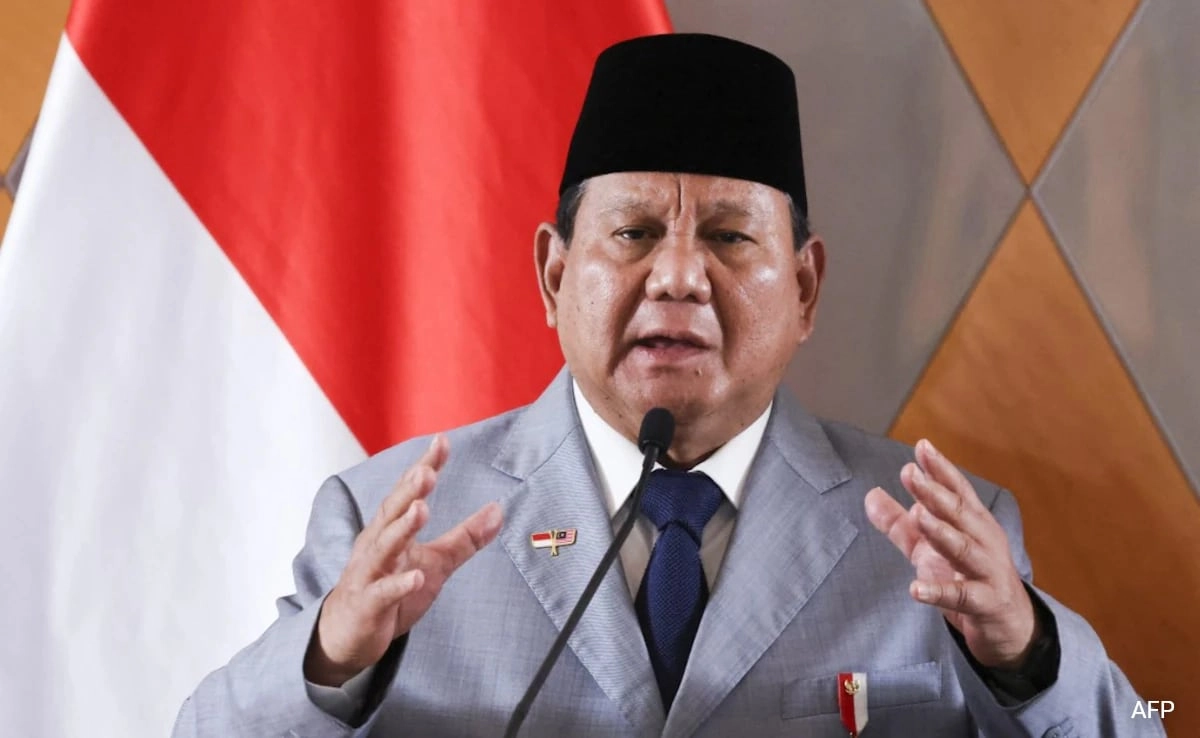Recent satellite imagery has brought significant attention to former President Donald Trump’s claims regarding Iran’s nuclear sites, specifically his assertion that these facilities had been “obliterated.” The satellite images, which have been analyzed by various experts and organizations, paint a different picture, suggesting that the sites in question remain largely intact and operational. This disparity between Trump’s statements and the actual evidence raises questions about the credibility of his claims and the potential implications for international security and diplomacy.
The context of these revelations is critical, as they emerge amid ongoing tensions between the United States and Iran over nuclear capabilities and agreements. Trump’s administration was characterized by a hardline stance on Iran, culminating in the withdrawal from the Joint Comprehensive Plan of Action (JCPOA) in 2018. This move was based on concerns that Iran was not complying with the terms of the agreement, which aimed to limit its nuclear program. However, the satellite images indicate that rather than being destroyed, the facilities are still operational, which could have serious ramifications for future diplomatic negotiations and efforts to mitigate nuclear proliferation in the region.
Furthermore, the implications of these findings extend beyond mere political rhetoric. They highlight the importance of reliable intelligence and accurate communication in international relations. Misstatements about the status of nuclear facilities can lead to increased tensions and miscalculations between countries, potentially escalating into conflicts. As global powers continue to navigate the complexities of nuclear diplomacy, the need for transparency and fact-based assessments becomes paramount. The recent satellite images serve as a reminder that during discussions about nuclear safety and security, accurate information is essential for fostering trust and cooperation among nations.




